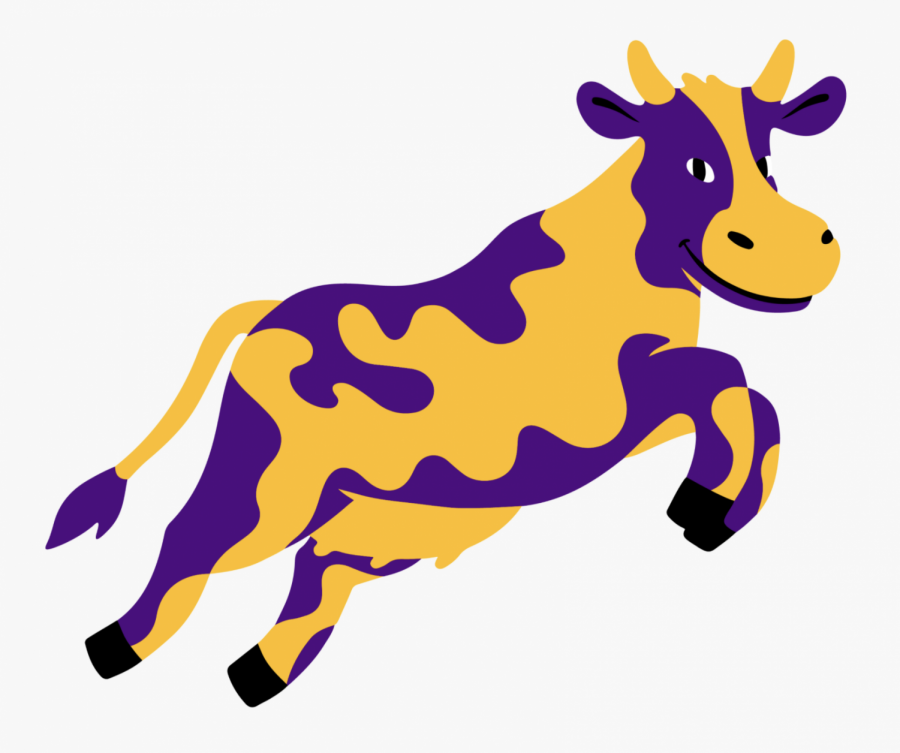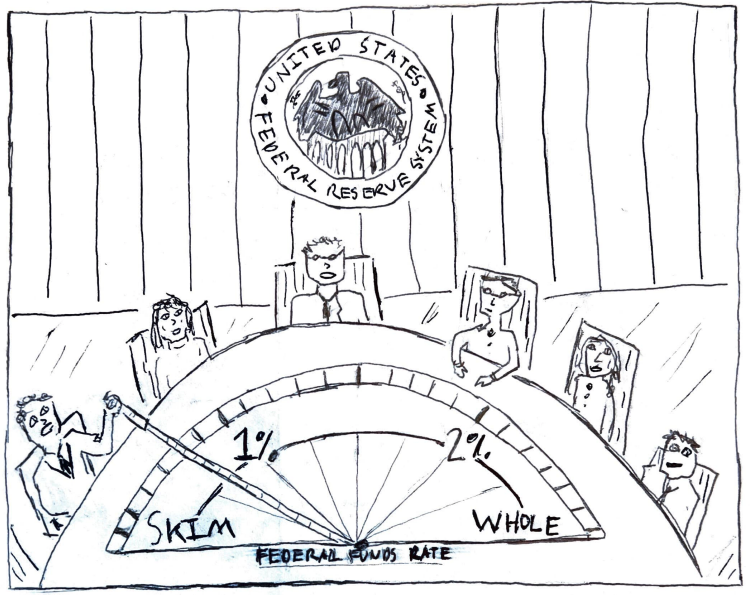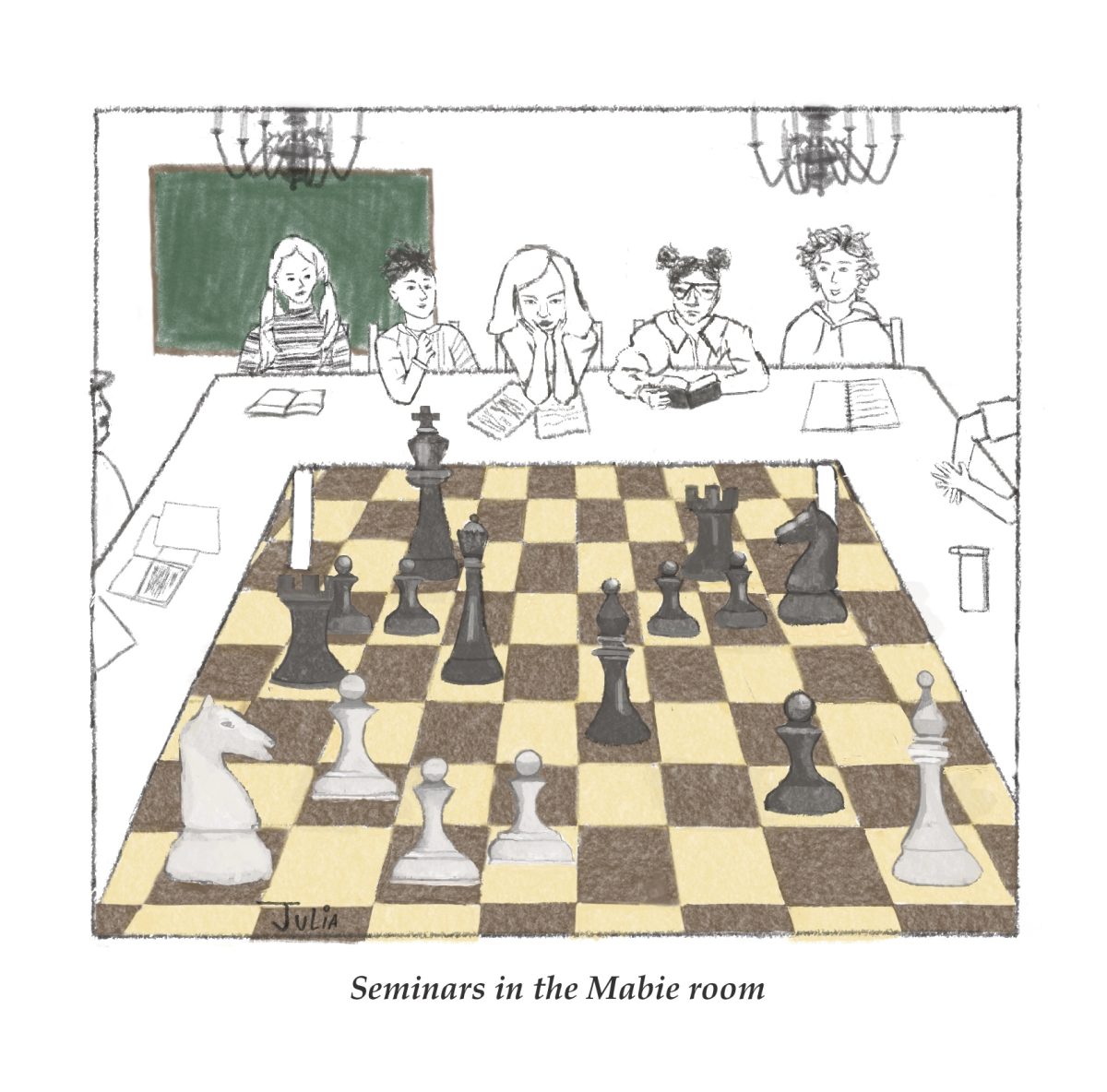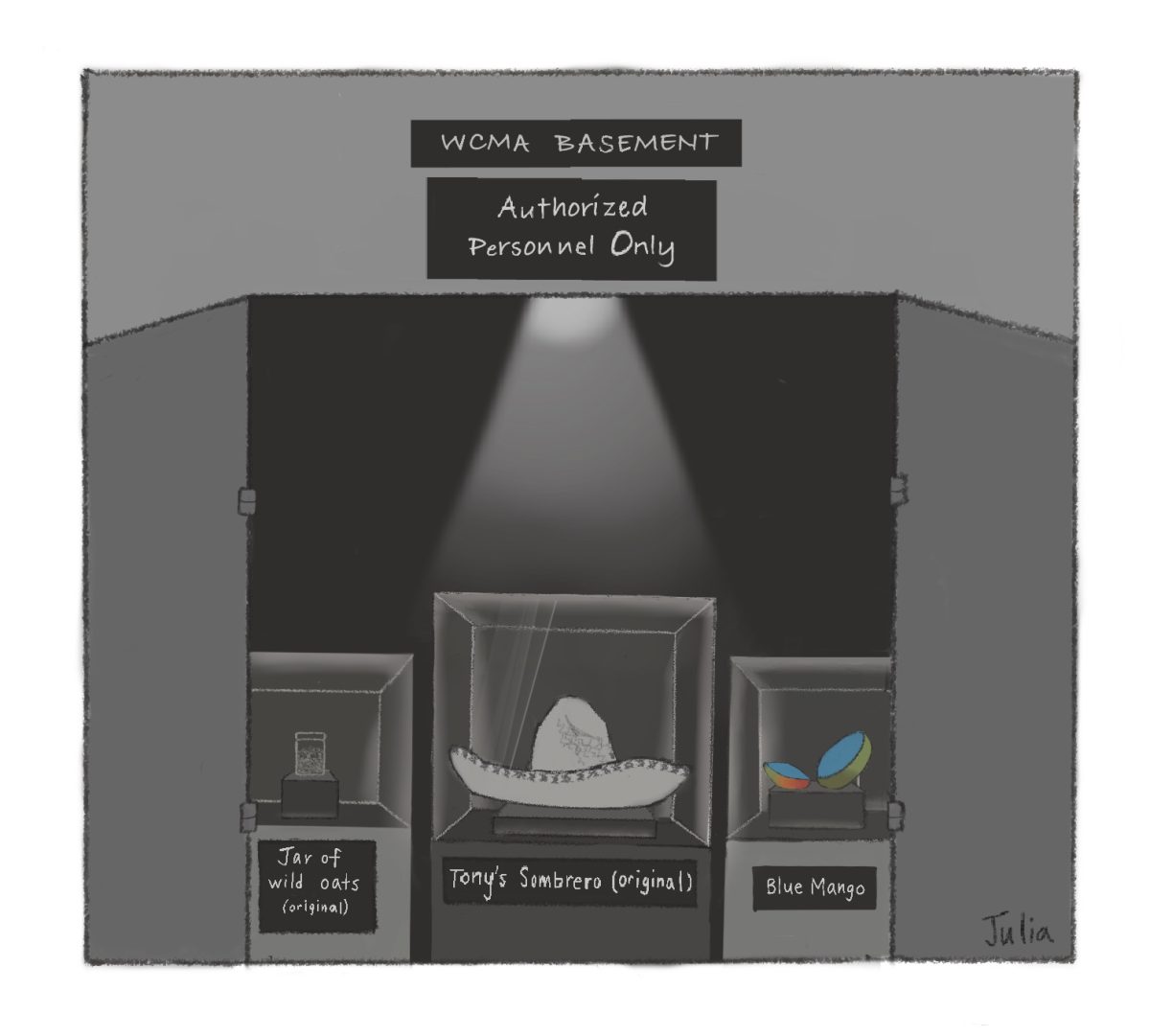This is a thank you note to Maud and all of the people at Williams who worked so hard to bring students back to campus. The faculty and staff who deserve credit won’t brag about it, so we will.
If it had been up to me (Nate), Williams would have gone remote — which is one of many reasons why we’re lucky I’m not president and never will be. To all of the people who thought opening was a mistake, let’s stand up and say it: We were wrong. It’s not over yet, we’re one superspreader event from catastrophe, but still. Compared to the alternate universe where Williams did not open, things are good.
It took courage to open. If someone on campus gets badly sick, or dies — and it could still happen — it will be a tragedy. The blame will fall on Williams and, really, on Maud. The work was a team-effort, but Maud was very clear that she was the decider, in effect using herself to shield others from criticism if things go bad. The reality is that as a student you’re probably safer on campus than at home, but Maud will not get the blame if you get sick at home.
While Maud made the decision, she would be the first to point out that many others sweated through this summer to make Williams work: The offices of the president, dean of faculty, dean of students, provost, student life, information technology, libraries, dining services, operations and finance, human resources, facilities, safety & security, chaplains, student health and wellness services, communications, the children’s center. The list goes on.
Speaking of the employees, Williams stepped up financially to ensure students would have a good experience. Just as important, it did the same for faculty and staff; the fact that there have been no staff layoffs or furloughs is especially admirable.
During the summer, there was this list. It took dozens of people working 60+ hours a week to make it. It had hundreds of problems (and solutions) on it. Hurdles you did not have to think of because they were cleared out of your path. Questions were raised throughout the summer by faculty, staff, alumni, and students, but by midsummer, it seemed like everything was already on the list.
There was a memorable faculty meeting moment when someone said, “other schools are closing and we’re opening, what makes us different?” It was a great question. The answer is, early in the summer, most schools announced a list of standards they had to meet in order to open: initial arrival and quarantine plans, food service, testing, dealing with positive cases, a large-scale outbreak plan, and so forth. Many schools did not open because they could not achieve their goals (which wasn’t always their fault; for example, state laws played a big role). We did.
It can be difficult to appreciate how good a job Williams did sometimes because, ironically, they did things too well. It’s like watching Wayne Gretzky — he was so good that he made hockey look easy. If you want to see how hard this is, look at other schools that opened and have had outbreaks or sent people home sick. Making it look easy is the hardest thing of all.
Compared to a normal year, many things are not perfect or even possible: classes, food, sports, outings, kissing random people at parties, etc. But we can’t blame the administration for things that are really the pandemic’s fault. Was the administration perfect? No. But remember, all the people who worked on this, they didn’t get time to practice, this was their first pandemic.
There is one more group that needs a huge thank you: the students. This wouldn’t have worked unless the students bought in, and for that, thank you.
This is not a mission accomplished speech. It’s more like, “good job, keep it up.”
It’s 2020, so most likely tomorrow all hell breaks loose. But, for now, let’s be thankful that we’re here.
Associate Professor of Psychology Nate Kornell has been at the College since 2009. Rachel Buccalo ’23 is from New York, N.Y.







